Construction of the Grand Palace (Royal Palace of Thailand) began in 1782, and shortly thereafter in 1785, the construction of the Temple of the Emerald Buddha (Wat Phra Kaew) began. During this time, King Rama I (Buddha King Yodfa Chulaloke) was in power, and the capital of Thailand was moved from Thonburi to Bangkok, which is why a new palace was needed in the first place. This marked the beginning of the Chakri Dynasty, of which King Rama I was the founder.
Unlike many temples in Thailand that are mainly used as residences for monks, the structure of Wat Phra Kaew contains many sacred buildings and objects. The temple is embellished with exquisite carvings, and paintings throughout are highly aesthetic. One could spend an entire afternoon exploring and trying to understand every detail that went into the making of this historic temple.
Inside the main building of the temple, also known as Ubosot or the introduction hall, is where the Emerald Buddha is located. The Emerald Buddha, or Phra Kaew Morakot, is decorated with pure gold clothing. Some people still believe that the statue is not actually made of emerald, but is carved from a single block of jade. There are many stories and legends about the origin of the Emerald Buddha; Some believe it was created in India in 43 BC in the ancient city of Pataliputra, while others believe it originated in Sri Lanka. The Buddha image is emerald green outside, located on many pedestals above the ground. No visitors are allowed to touch or approach the Emerald Buddha. The Emerald Buddha is only about 66 centimeters tall, but don't let its size fool you - it's one of the most prized and significant buddhas in Thailand. It is believed that those who worship the Emerald Buddha will receive good luck in life.

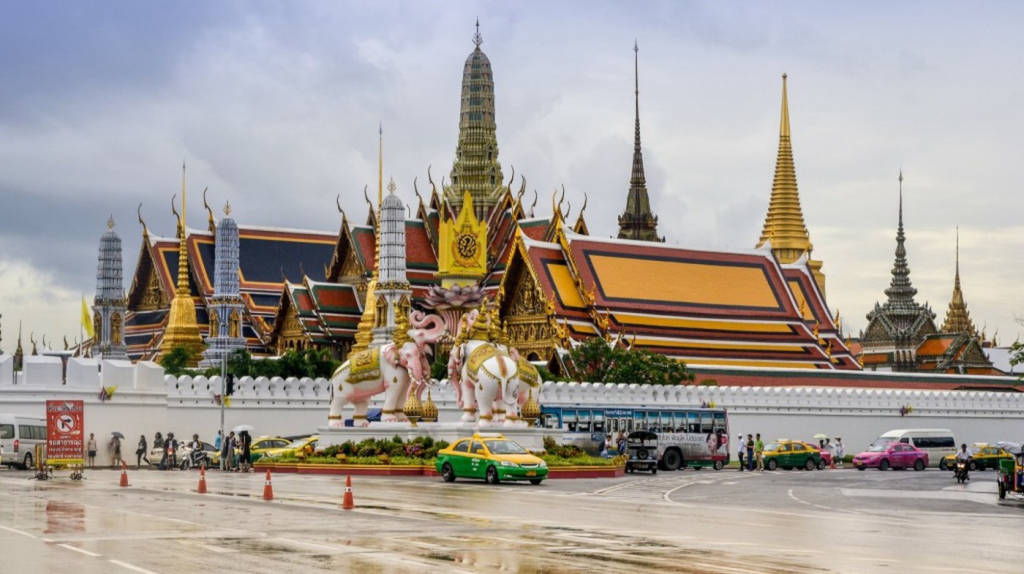
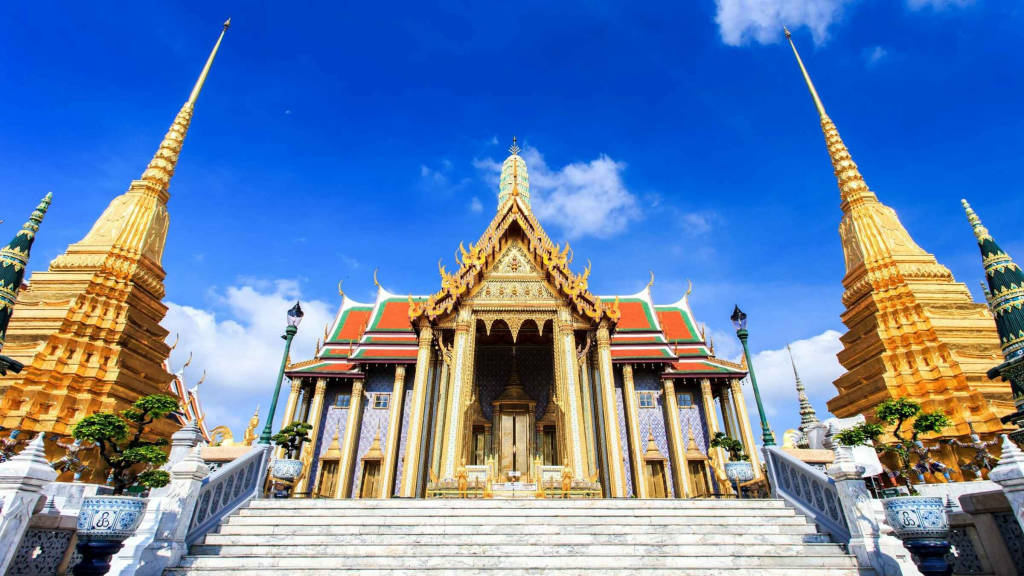
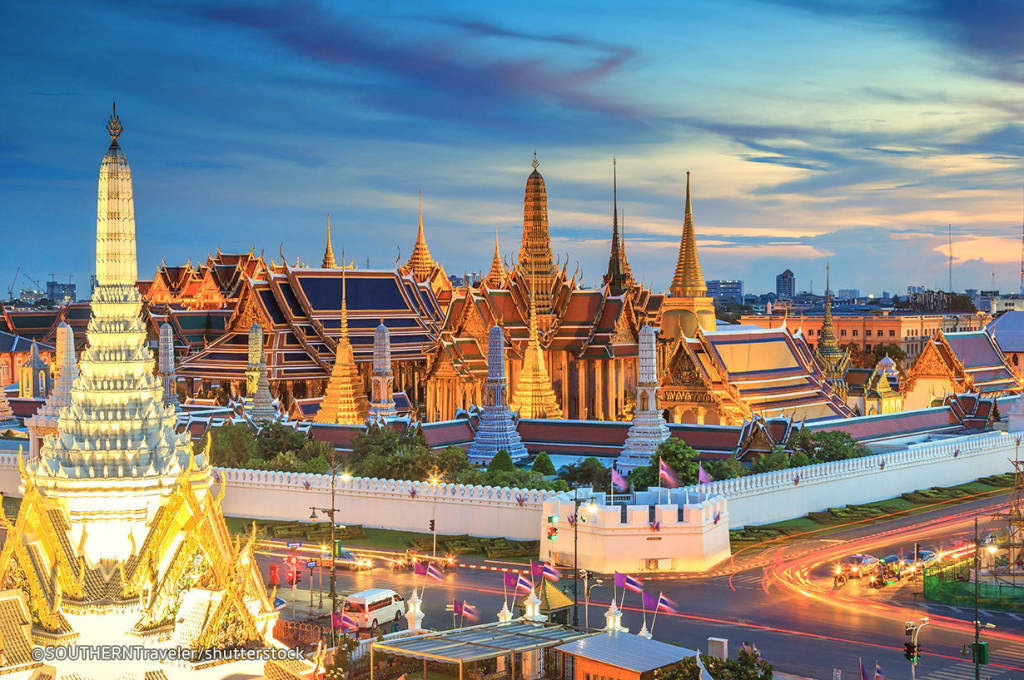
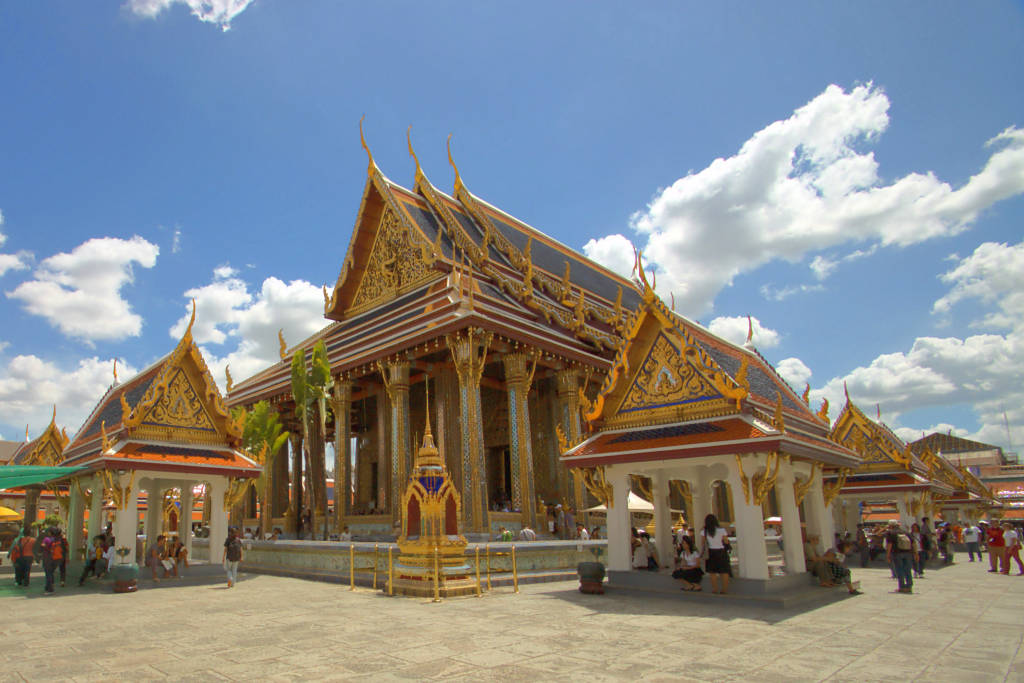
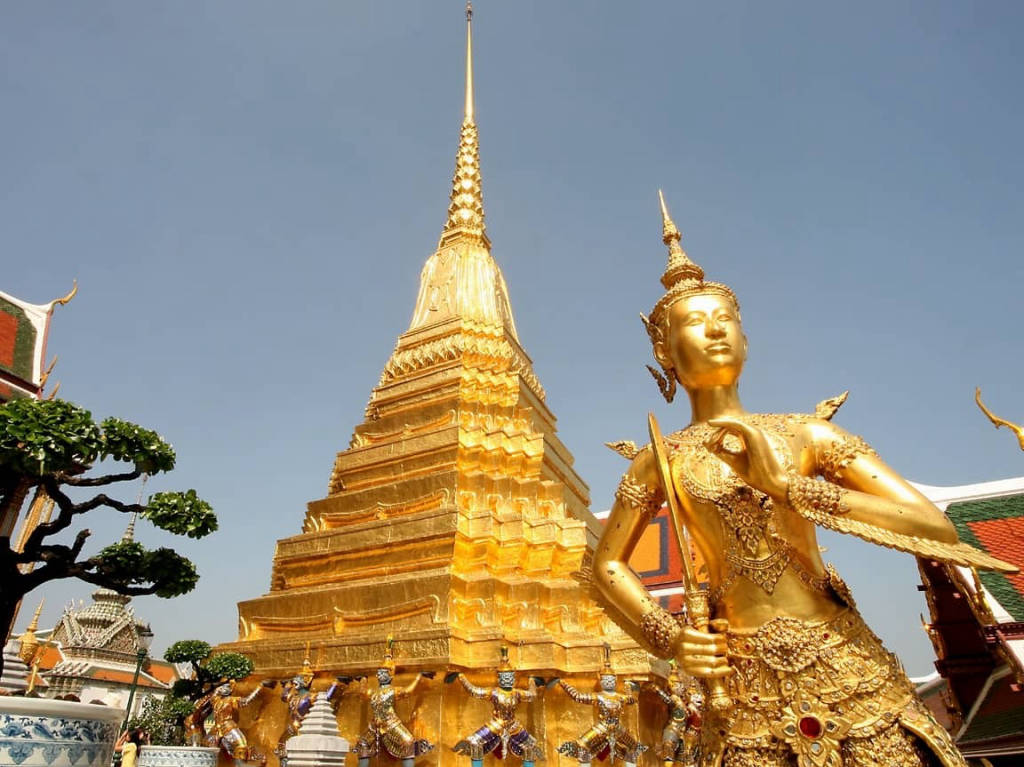
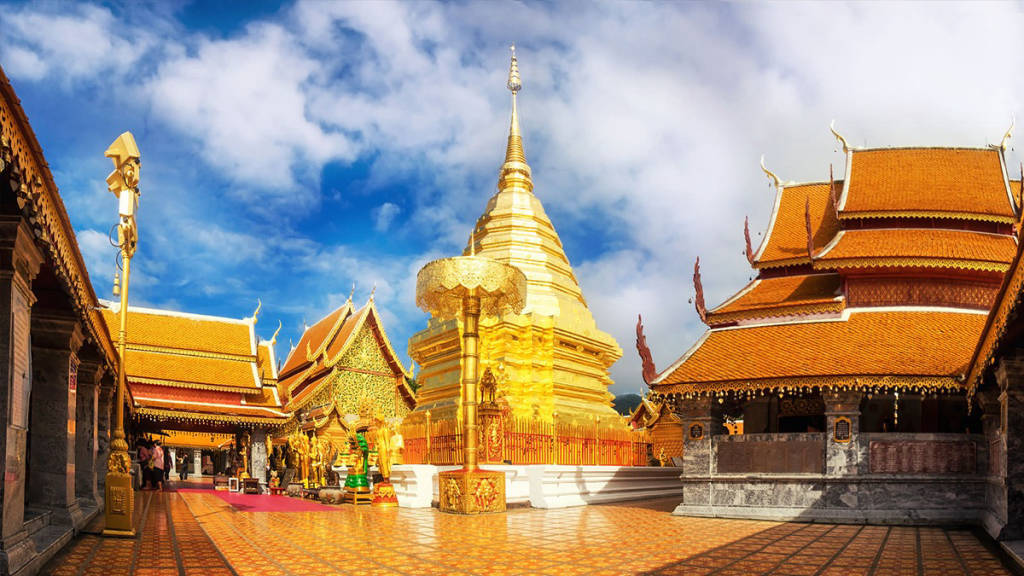






 Na Phra Lan Rd, Khwaeng Phra Borom Maha Ratchawang, Khet Phra Nakhon, Krung Thep Maha Nakhon 10200, Thailand
Na Phra Lan Rd, Khwaeng Phra Borom Maha Ratchawang, Khet Phra Nakhon, Krung Thep Maha Nakhon 10200, Thailand